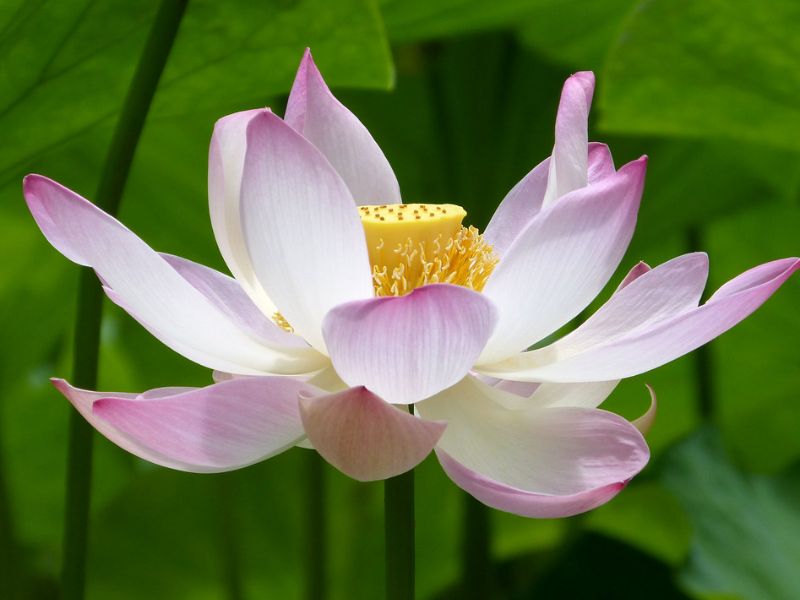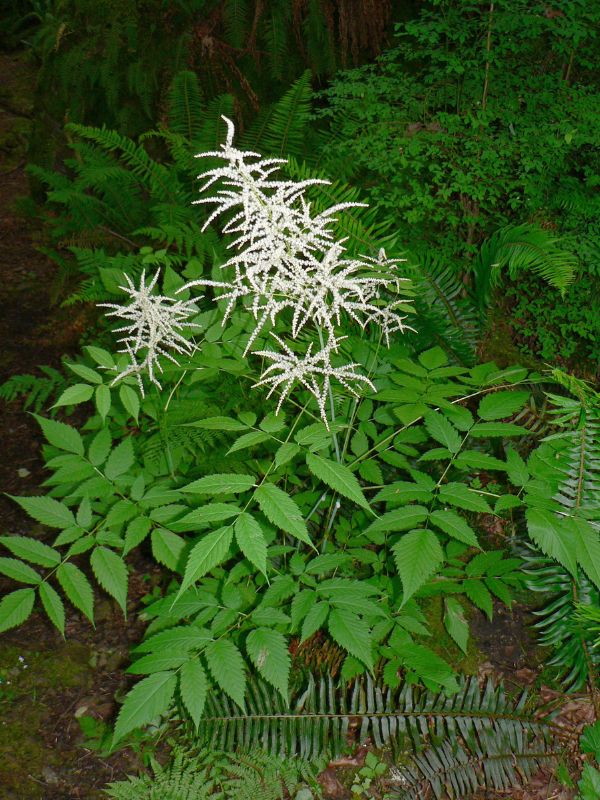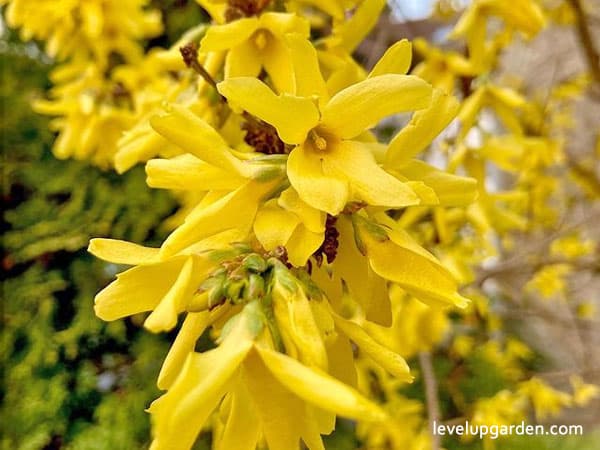Eucalyptus plant (Eucalyptus cinerea) is a small evergreen tree or shrub native to Australia. It grows rapidly from six to eight feet per season. In its native environment, it can reach a height of 3 meters.
It is not highly cold tolerant, but often resurrects during the growing season after freezing. In cold climates, it is commonly grown in containers as a shrub or annual. Container plantings can be planted on patios or in the ground, but must be brought indoors before the first fall frost to overwinter.
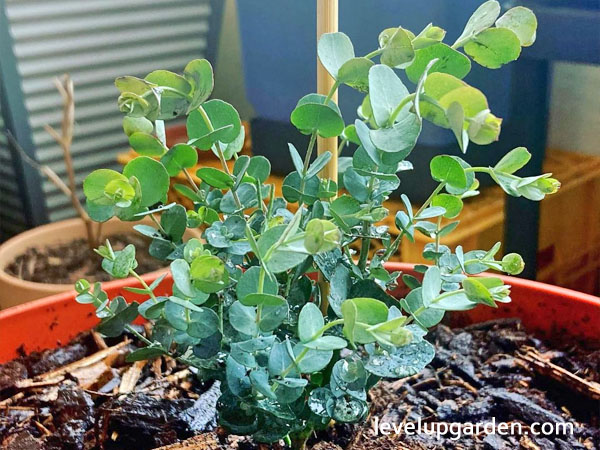
The Eucalyptus Plant has moderate salt tolerance. It is grown primarily for its foliage and rarely flowers. Its leaves are fragrant and are often used in floral arrangements.
Eucalyptus is an evergreen broadleaf tree that grows between 25 to 60 feet tall with a single trunk in its native habitat. The bark is reddish-brown and peels off on small stems. When grown as an annual shrub from seed in the St. Louis area, it usually grows rapidly to 6-8 feet tall by midsummer.
The young leaves are rounded, silvery blue-green in color, aromatic, and resemble large coins, giving it the common name Silver Dollar Tree. Young trees and potted plants rarely produce small white flowers. Leaf stalks are often used by florists for fresh flower arrangements.
Eucalyptus is popular with gardeners because it is evergreen. The forests and trees in other parts of the country are leafless and need yard work and cleanup. Eucalyptus, on the other hand, will continue to shine with its thick green leaves all winter long.
I. Plant Profile – An Overview of the plant
| Common names | Eucalyptus, Argyle Apple, Silver Dollar Tree |
| Botanical Name | Eucalyptus cinerea |
| Type | Houseplant |
| Family | Myrtaceae |
| Native Range | Southeastern Australia |
| Height | 32-76 ft. |
| Width | 12-32 ft. |
| Sunlight | Full Sun |
| Growth Rate | Fast |
| Zone | 8 to 11 |
| Bloom Time | Rarely flowers |
| Bloom Description | White |
| Sun | Full sun |
| Water | Medium |
| Maintenance | Low |
II. Appearance
Eucalyptus trees have it all. Their fast growth rate makes them ideal for homeowners and landscapers looking for a fast-growing tree. Instead of waiting 30 years to create shade and increase property values, eucalyptus trees grow as much as 6 feet a year.
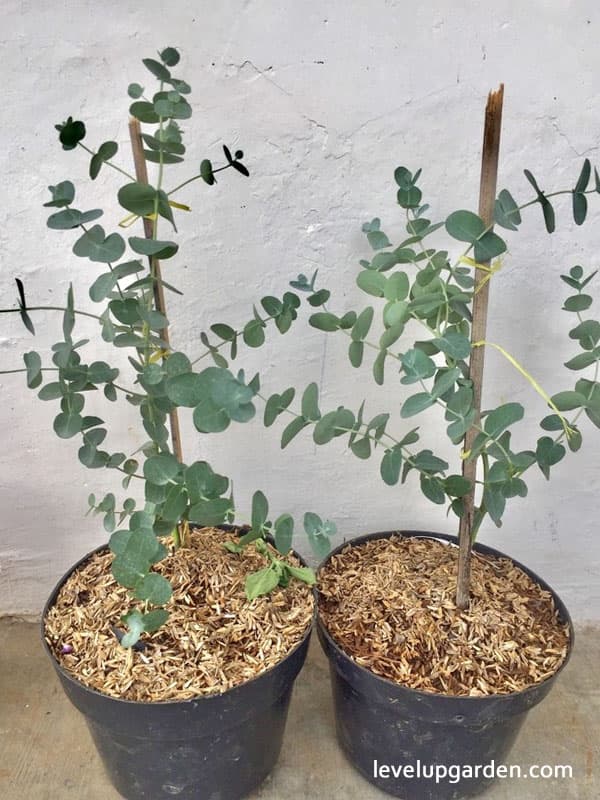
It has leaves that are round, fragrant, and have an attractive silver color, which is why it is commonly called the Silver Dollar Tree. The bark of the Eucalyptus Tree is reddish-brown and flakes off on small stems, and the trunk is gray and streaky as the tree matures.
The most easily recognizable features of the Eucalyptus family are the distinctive flowers and fruits. Flowers have numerous fluffy stamens of various colors, including white, cream, yellow, pink, and red. In the bud state, the stamens are encased in a cap called an operculum, which is a fusion of sepals or petals, or both. Thus, the flower has no petals and is adorned with many stamens.
The Eucalyptus Plant has bark that peels off on small stems, but becomes striated on the trunk. The bark on young branches is reddish brown to gray and smooth. However, the bark on older branches is coarse, fibrous and reddish brown.
The young leaves resemble large coins, giving it the common name “silver dollar tree. The young leaves are arranged in opposite directions, have a simple look, circular in shape, green, sessile, blue-green or gray. However, mature leaves are alternate, also looks simple, broadly lanceolate, acuminate, thick, green, petiolate, blue-green, and has a length of three to five inches.
III. Growing and Care Conditions
The Eucalyptus Plant is winter hardy to USDA zones 8-11 in medium moisture, grows well in well-drained soil and full sun. It is mildly tolerant to drought. It grows fast and can be grown as an annual seed.
You can prune it regularly to keep it bushy. It is also commonly grown in containers as a shrub or as a standard. You can place container plants on a patio or sink to the edge of the ground, but should be brought indoors before the first frost in the fall for overwintering. Container plants can be cut back to the ground for bushy plants and to the trunk for standard plants before overwintering. In this case, bushy plants should be overwintered in a cool, dark basement or frost-free garage.
Planting
Plant eucalyptus in spring or fall when new plantings are not stressed. Before planting, water the plant to keep it hydrated. First, dig a hole slightly larger than the rootball and deep enough that the canopy is even with the surrounding soil. Next, stand the plant upright and gently backfill the hole. Then, tamp down the soil carefully at this point, as the roots are easily damaged, water it again deeply.
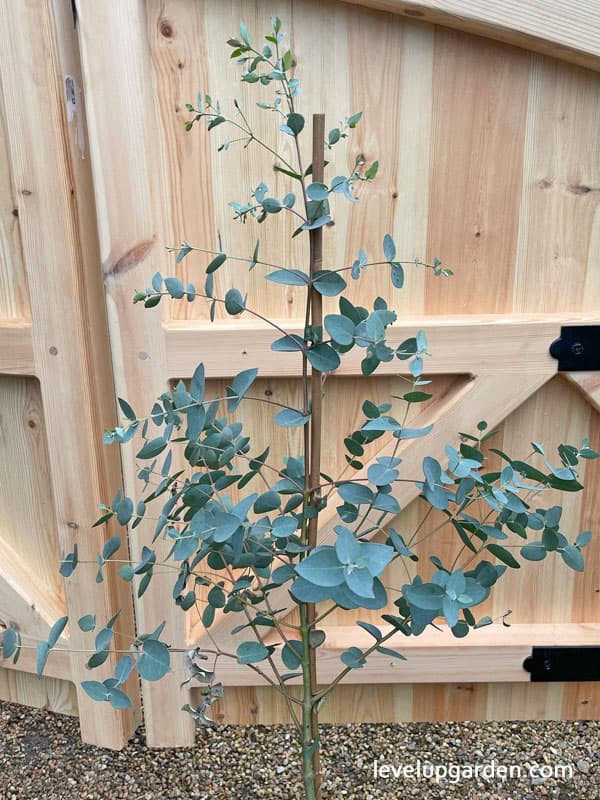
If potted, choose a pot at least 2 feet in diameter. Use good quality soil and allow it to drain well. Eucalyptus may fill the pot with roots and need to be repotted, so watch the plant’s growth.
Light
All eucalyptus prefer 6 to 8 hours of sunlight per day, although some eucalyptus varieties do well in light shade. Some varieties, such as Spinning Gum, do well in partial shade. Similarly, eucalyptus grown indoors should be placed near a bright window, preferably facing south.
Watering
Use your index finger to see if the tree is ready for another round of watering. Stick your finger in the soil near the tree, and if it still feels wet, leave it alone. If it is dry and sandy to the touch, water it.
Fertilizer
Potted eucalyptus plants should be given a slow-release fertilizer once each spring. A basic 10-10-10 formula is effective. Reminded that it only needs a little amount of fertilizer.
Soil Requirements
Eucalyptus grows well in acidic, neutral, and alkaline soils. It may seem counterintuitive, but eucalyptus prefers stony, low-fertility soils to soils with high organic matter. It needs a soil with good drainage, so, for a potted plant, use a well-draining potting mix.
Eucalyptus loves water and prefers to be watered heavily, but it is also a drought tolerant plant. Most gardeners do not recommend using fertilizer on eucalyptus because it will kill the plant if too much is applied. Eucalyptus prefers moderate to heavy watering and can benefit from irrigation systems.
Temperature
Eucalyptus prefers warm temperatures between approximately 65 and 75 degrees and moderate humidity. They will not be exposed to temperatures below 50 degrees for long periods of time. Therefore, if you are growing it in containers, bring them indoors when cooler temperatures are expected.
Pruning
Eucalyptus are generally low maintenance. If they become too tall or messy, you may want to consider light pruning. The branches that are too heavy or damaged may need to be removed as they age. If pest or disease problems are present, you should do heavier pruning.
Pests and Diseases
Eucalyptus are hardy plants, but can be stressed by pests and diseases. Do regular inspections to detect problems early and minimize damage. Some pests can hide in fallen leaves, bark, or branches. To prevent them, clean them out once a year.
The most common pest of eucalyptus is the louse. They suck eucalyptus sap, kill and disfigure the plant. Lice rarely cause devastating damage on their own, but they can attract other pests.
Plants weakened by lice may attract the eucalyptid beetle. This pest drills holes inside the plant and lays eggs. Once the voracious larvae hatch, they can kill the plant in a matter of weeks. The process can be slowed by removing damaged or infected parts of the eucalyptus plant.
Moreover, some fungi can infect eucalyptus. These include powdery mildew, heart rot, camphor, and crown rot. If detected early, acorn rot can be controlled with fungicides such as neem oil.
Other fungi are more difficult to stop and often pronounce death to the plant. Removal and incineration of affected areas or entire plants may prevent the spread of the disease.
IV. Varieties
In addition to Eucalyptus cinerea, there are about 700 other species of eucalypts. One variety is Eucalyptus globulus, known as “blue gum”, it is characterized by its smooth bark and adaptability to a variety of growing environments. Another one is Eucalyptus pulverulenta, they are commonly used in floral arrangements. The waxy coating on the leaves allows the fragrance to last long after draining.
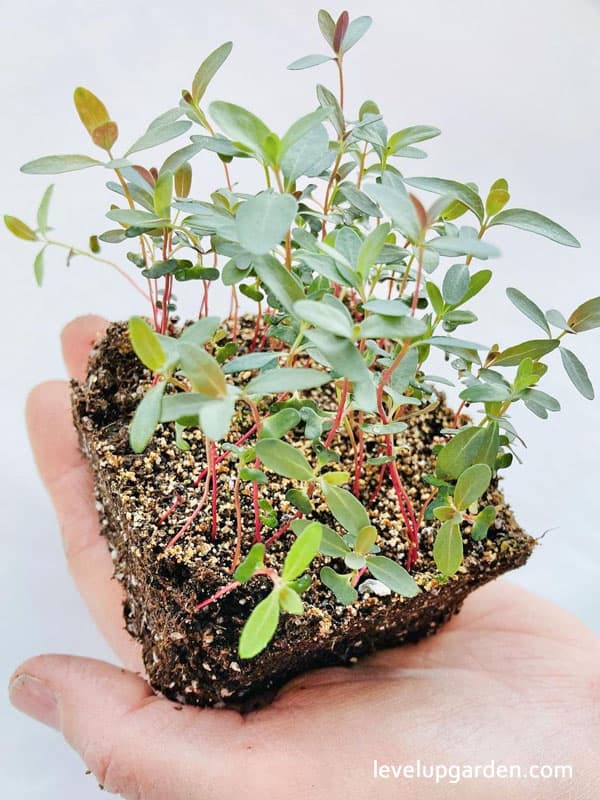
There is another variety like Eucalyptus gunnii, commonly called “cider gum”, this species is more cold tolerant than other eucalyptus species. Another kind is the Eucalyptus platypus, commonly called “moor”, this is a particularly hardy tree species that tolerates heavy soils, cold, and drought. There are a lot of varieties of Eucalyptus to explore.
V. Uses
Eucalyptus has been grown as a plantation in many other countries. It grows quickly and can be used for valuable wood, pulpwood, honey, and essential oils. However, due to its high flammability, it has been removed from some countries.
It is used as an annual herb for borders. It can also be a container plant and ornamental plant. Its leaf stalks can be pruned for floral arrangements. But, Eucalyptus bark, leaves, and sap are toxic to humans and pets.
VI. Why should you buy this plant
Eucalyptus is evergreen, so its healthy green foliage can be seen even during the cold winter months. Eucalyptus leaves are very unique, with alternating rows of small, rounded, thick leaves that add color and variety to the greenery in your garden.
There is no doubt that the fragrance that eucalyptus has to offer makes it particularly attractive. Many people cut off the leaves and display them in their wardrobes and bathrooms, and the fresh, clean scent of eucalyptus is very popular. These characteristics make eucalyptus trees an ideal investment for gardeners throughout the United States, and they are becoming very popular.
Eucalyptus has an aromatic fragrance that is often used to scent candles and potpourri. Eucalyptus is drought tolerant and adapts well to a variety of soils and sun exposure. It also repels ticks and fleas, making it a good choice for planting in garden borders. Also, it is an essential ingredient in many homeopathic health recipes.
Also known as gum tree, the peeling bark of this plant is also attractive and can be used in closets, drawers, and other areas where you want to add a fresh scent. It does not need to be raked for its foliage, allowing it to grow all year round. It provides color even in the winter when other trees are dying and turning brown.
In addition, it is a natural flea and tick preventative. Place the leaves under your pet’s bed or in areas where pets often sleep. You can use this remedy to get rid of the ticks and fleas on your pet.
VII. FAQs
Is eucalyptus a good indoor houseplant?
Eucalyptus can be kept as houseplants if you have a bright windowsill and a large container. However, they are best suited if they can be placed outdoors in full sun.
Where are eucalyptus best grown?
Eucalyptus will grow in USDA Hardiness Zones 8-11. However, some home gardeners prefer to plant eucalyptus shrubs indoors in containers or pots. Choose a soil that gets plenty of sun and drains well. Eucalyptus prefers a location with at least 8-10 hours of sunlight.
How fast does eucalyptus grow?
Eucalyptus is second to none, from its wonderful fragrance to its fast and easy growth. In fact, eucalyptus grows up to 3 meters each year, giving it an unparalleled fragrance and iconic beauty.
How often should I water eucalyptus?
Overall, in hot climates, it is best to water new trees at least once a week and established trees every 6 to 22 days. More frequent times are recommended for trees in sandy soil.
